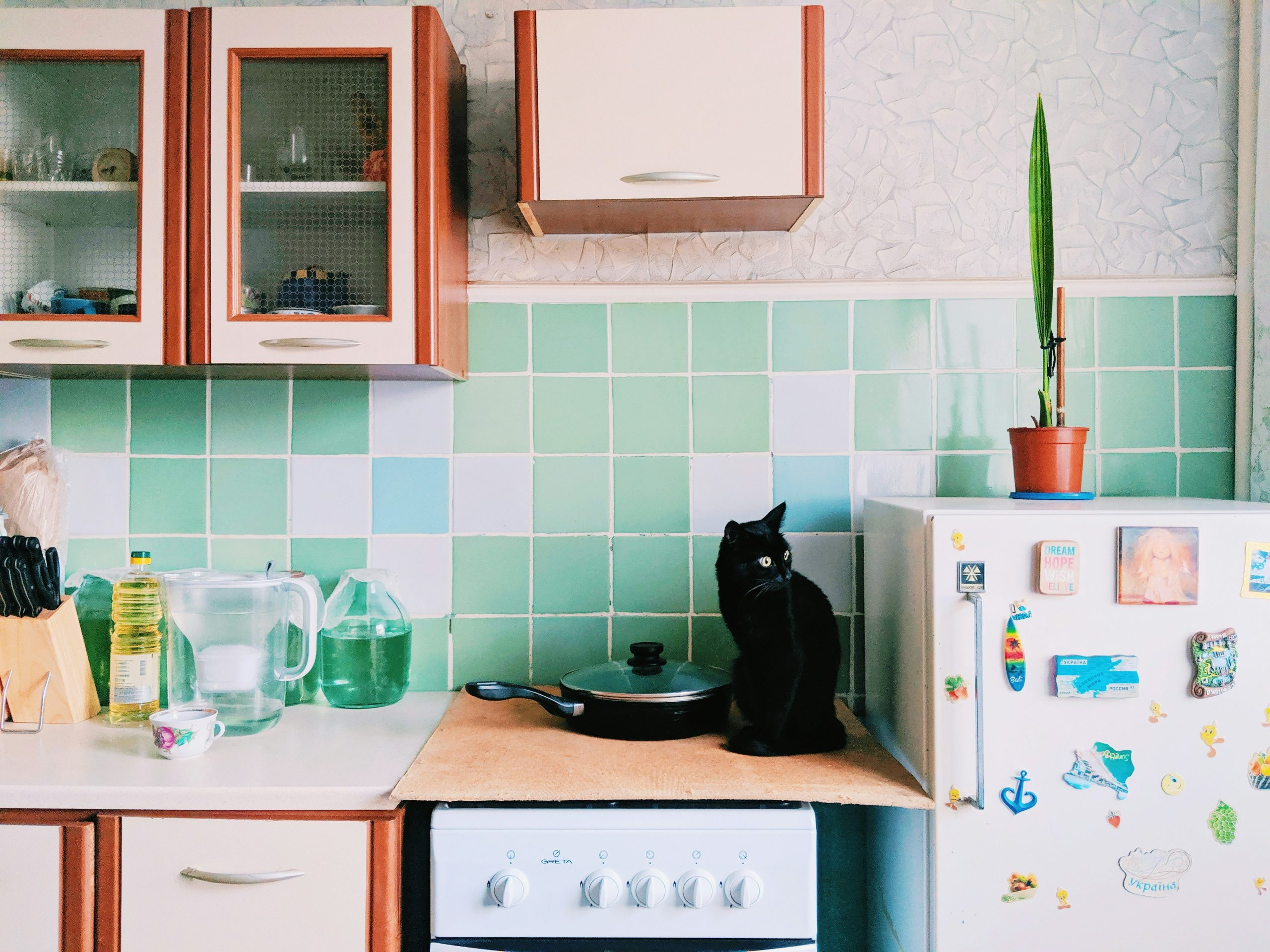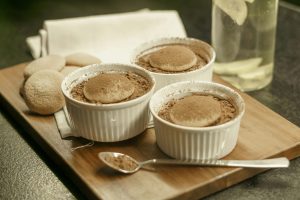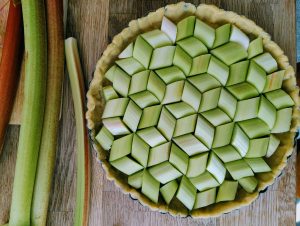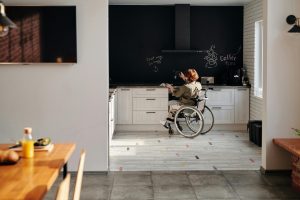Kitchen Safety Myths That Could Actually Harm Your Family
In the hustle and bustle of daily life, the kitchen can often be a busy and chaotic place. From cooking up delicious meals to grabbing a quick snack, we spend a significant amount of time in this space. However, what many of us are not aware of is that there are certain kitchen safety myths that could actually harm our families.
The Importance of Kitchen Safety
Kitchens are known to be the heart of the home, where family and friends gather to share meals and create long-lasting memories. This makes it essential to ensure that our kitchen spaces are not only inviting but also safe. Kitchen safety is important, not only to prevent accidents, but also to promote healthy living and maintain a clean and organized space.
Kitchen Safety Myths That Could Actually Harm Your Family
Myth 1: Bacteria Cannot Survive on Surfaces
Contrary to popular belief, bacteria can indeed survive on kitchen surfaces, especially those that come in contact with raw meat, poultry, and fish. These surfaces can harbor harmful bacteria such as E. coli and Salmonella, which can lead to food poisoning.
To prevent the spread of bacteria, it is crucial to frequently clean kitchen surfaces with hot, soapy water and disinfectant, especially after handling raw meat. Make sure to also use separate cutting boards for raw meats and vegetables to avoid cross-contamination.
Myth 2: Hot Water Can Quickly Thaw Frozen Meat
Many people believe that placing frozen meat under hot water or in a warm room is an effective way to quickly thaw it. However, this method can actually be harmful. When thawing meat, bacteria can rapidly multiply in temperatures between 40°F and 140°F, increasing the risk of foodborne illnesses.
The safest way to thaw frozen meat is by placing it in the refrigerator. This allows the meat to defrost at a safe and consistent temperature. Alternatively, you can use the defrost setting on your microwave, but be sure to cook the meat immediately after thawing to prevent bacterial growth.
Myth 3: The Kitchen Sink is the Cleanest Place in the Kitchen
It may come as a surprise, but the kitchen sink is not the cleanest place in the kitchen. In fact, it can harbor more bacteria than a toilet seat. This is because sinks come in contact with all sorts of food particles and can easily become a breeding ground for harmful bacteria.
To keep your sink clean and prevent bacteria growth, disinfect it with hot, soapy water after each use. You can also use a mixture of vinegar and water or a commercial kitchen disinfectant for extra cleaning power.
Myth 4: Using Dish Soap is Enough to Clean Cutting Boards
Many people believe that using dish soap is sufficient for cleaning cutting boards. However, dish soap alone may not be enough to effectively eliminate harmful bacteria. Instead, opt for a mixture of hot water and vinegar or a diluted bleach solution to thoroughly disinfect your cutting boards and prevent the spread of bacteria.
Also, if your cutting boards have deep cuts or scratches, it is best to replace them as bacteria can easily hide in these crevices.
Myth 5: Storing Hot Food in the Fridge is Harmful
It is a common misconception that storing hot food in the fridge can cause the temperature of the fridge to rise and spoil other food items. However, this is not true. Refrigerators are designed to regulate the temperature, and placing hot food in them will not affect the temperature of other food items.
In fact, leaving hot food out at room temperature for too long can increase the risk of bacterial growth. Therefore, it is best to cool down hot food before storing it in the fridge.
In Conclusion
Despite our best efforts, we may unknowingly fall prey to these kitchen safety myths and put our families at risk. It is important to educate ourselves and take necessary precautions to maintain a safe and healthy kitchen environment. By debunking these myths and following proper food safety practices, we can ensure the well-being of our loved ones and enjoy our time in the kitchen even more.










